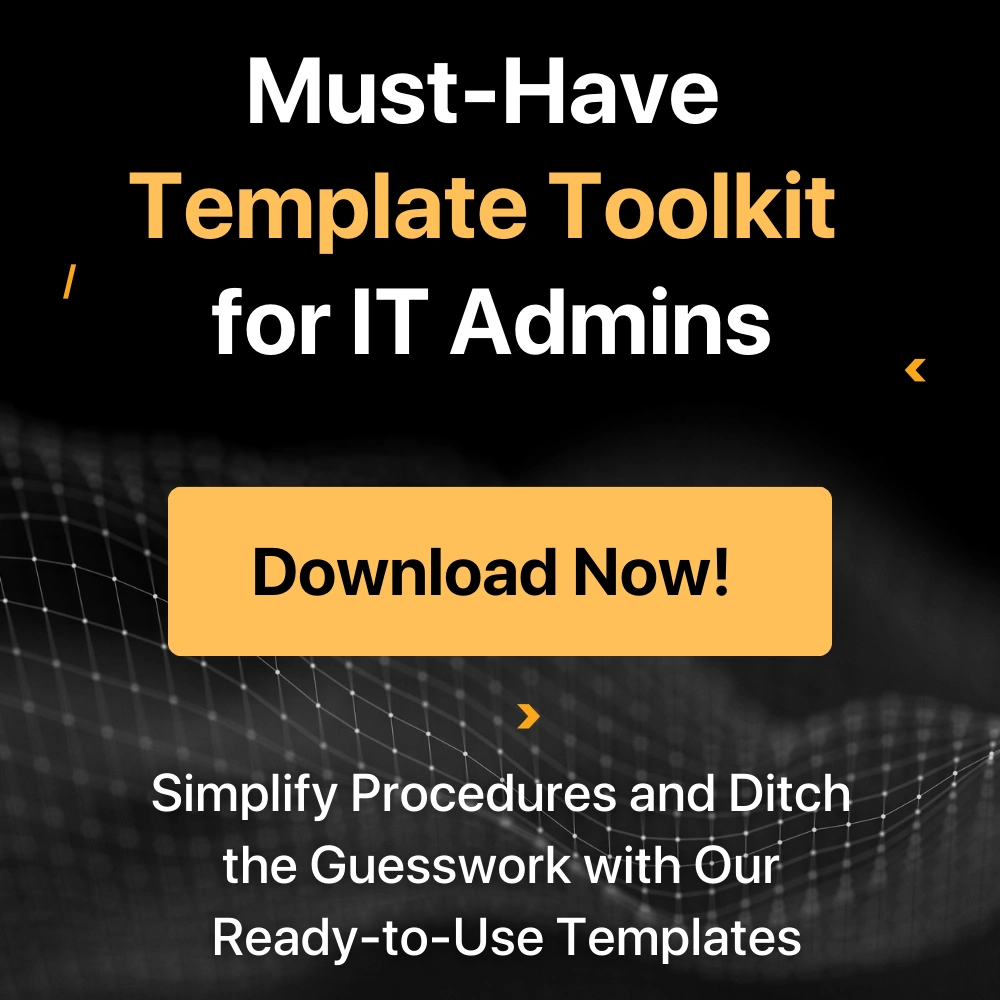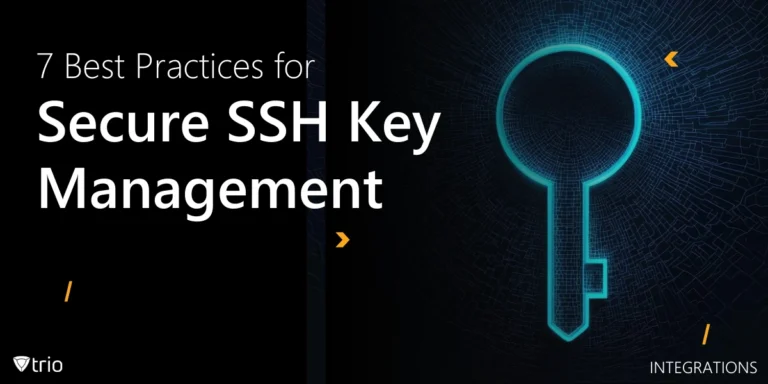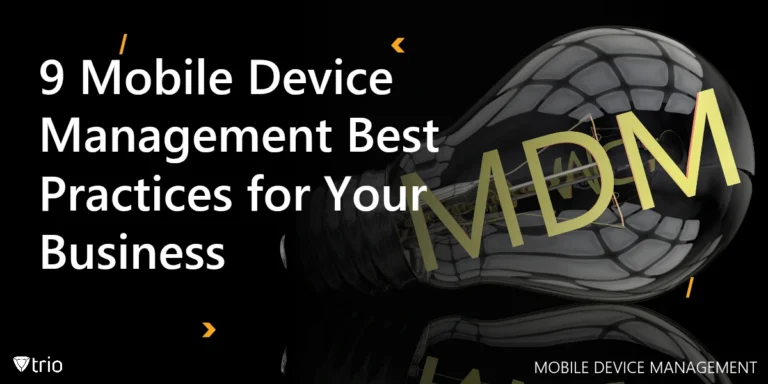With businesses relying more than ever on mobile devices for productivity and remote work, Mobile Device Management (MDM) has become a necessity rather than a luxury. However, simply having an MDM solution in place isn’t enough—following best practices ensures that businesses can maximize security, maintain compliance, and streamline IT operations. Without the right strategy, organizations risk data breaches, device mismanagement, and unnecessary IT headaches.
In this blog, we’ll explore mobile device management best practices, covering everything from policy enforcement to automation and security strategies. Whether you’re managing a small business or an enterprise, these insights will help you optimize your MDM approach for efficiency and protection.
Mobile Device Management Strategy
An effective MDM strategy ensures that an organization can securely manage, monitor, and control mobile devices while maintaining productivity. A well-defined MDM strategy aligns with business goals, regulatory requirements, and security policies to protect sensitive data and streamline IT operations.
Key Considerations for an Effective MDM Strategy
1. Device Ownership Models
Organizations must decide how mobile devices are assigned and managed. The three primary models include:
- BYOD (Bring Your Own Device) – Employees use personal devices for work. This model offers flexibility but requires strict security policies to protect corporate data.
- COPE (Corporate-Owned, Personally Enabled) – The organization provides devices, but employees can use them for personal tasks. This balances control and usability.
- CYOD (Choose Your Own Device) – Employees select from a list of approved devices that meet company security and compatibility standards. This approach offers flexibility while maintaining control.
2. Platform Compatibility
Businesses often support multiple operating systems, such as iOS, Android, Windows, and macOS. An effective MDM strategy ensures that policies, security settings, and app management are compatible across all platforms. Choosing an MDM solution that supports cross-platform management prevents security gaps and ensures consistent policy enforcement.
3. Policy Enforcement
Strong policy enforcement is crucial to managing mobile devices securely. Organizations should:
- Implement usage restrictions, such as blocking unsafe websites or unauthorized apps.
- Enforce application management policies, including app whitelisting/blacklisting and mandatory app installations for productivity and security.
- Control network access, ensuring that only authorized devices can connect to corporate networks and cloud services.
4. Device Lifecycle Management
A well-structured device lifecycle management plan helps organizations track and manage devices from onboarding to decommissioning. Key steps include:
- Automated device enrollment for seamless provisioning.
- Regular updates and patches to maintain security.
- Real-time monitoring and compliance checks to detect and mitigate threats.
- Secure device retirement, including data wiping and disposal policies.
By considering these factors, businesses can develop a robust MDM strategy that enhances security, ensures compliance, and improves device performance.

Best Practices for Mobile Device Management
To effectively manage mobile devices at scale and fully leverage the benefits of MDM, organizations should focus on clear policies, automation, proactive monitoring, and ongoing education.
1. Establish Clear User Policies
A well-defined MDM policy sets expectations for employees and ensures devices are used appropriately. Key areas to address include:
- Acceptable Use Guidelines: Define how corporate devices and networks should be used, covering work-related tasks, app installations, and data access.
- Compliance Requirements: Ensure employees understand regulatory obligations (e.g., GDPR, HIPAA) and how they apply to device usage.
- Device Handling & Reporting: Establish protocols for reporting lost, stolen, or malfunctioning devices to minimize downtime and security risks.
2. Automate Device Enrollment & Provisioning for Scalability
Manually setting up and configuring devices is time-consuming and prone to errors. Automating this process helps organizations:
- Ensure Consistency: Apply standardized configurations, security settings, and policies across all devices.
- Streamline Onboarding: Enable new employees to quickly and securely access work resources.
- Reduce IT Workload: Free up IT teams by eliminating manual setup tasks through zero-touch deployment.
3. Monitor Device Health & Performance to Optimize Usage
Beyond security, maintaining device performance ensures employees can work efficiently without disruptions.
- Track Device Usage & Performance Metrics: Identify slow, outdated, or underutilized devices that may need upgrades or replacements.
- Ensure Sufficient Storage & Battery Life: Proactively address performance issues before they impact productivity.
- Detect & Resolve Connectivity Issues: Monitor network performance and address recurring problems with Wi-Fi, VPNs, or mobile data.
4. Conduct Regular Security Audits & Training to Educate Users
Even with strong policies in place, human error remains a leading cause of security breaches. Organizations should:
- Schedule Routine Audits: Regularly assess device compliance, data access logs, and policy effectiveness.
- Provide Ongoing Employee Training: Educate users on best practices for data protection, phishing prevention, and secure mobile usage.
- Reinforce Security Awareness: Send periodic reminders about mobile security risks and best practices.
Mobile Device Management Security Best Practices
Securing mobile devices is critical to protecting sensitive business data and preventing cyber threats. A strong Mobile Device Management (MDM) security strategy ensures that every device accessing corporate resources is safeguarded against unauthorized access, malware, and data breaches. Below are key best practices to strengthen mobile security.
1. Implement Strong Authentication & Access Control
Unauthorized access to mobile devices can lead to data leaks and security breaches. Organizations should enforce:
- Multi-Factor Authentication (MFA): Requires an additional layer of verification (e.g., SMS codes, authentication apps, or biometrics) beyond just passwords.
- Biometric Authentication: Fingerprint and facial recognition add another layer of protection against unauthorized access.
- Role-Based Access Control (RBAC): Ensures employees only have access to the data and applications necessary for their role, reducing exposure to sensitive information.
2. Enforce Data Encryption & Remote Wipe Capabilities
Data stored on mobile devices must be protected from unauthorized access, especially if a device is lost or stolen. Key measures include:
- Full-disk encryption: Ensures that data remains unreadable without proper authentication.
- End-to-end encryption: Protects data in transit, preventing interception during communications.
- Remote Wipe & Lock: Allows IT teams to erase corporate data from compromised devices, ensuring sensitive information does not fall into the wrong hands.
3. Ensure Regular OS & App Updates to Patch Vulnerabilities
Outdated software is one of the most common entry points for cyberattacks. Organizations should:
- Enforce automatic OS and security updates to ensure devices are always running the latest patches.
- Manage app updates centrally to prevent the use of outdated, vulnerable software.
- Block devices running unsupported or jailbroken/rooted operating systems to eliminate security loopholes.
4. Monitor & Respond to Threats in Real Time
Proactive monitoring helps detect and mitigate threats before they cause harm. MDM solutions should support:
- Real-time device monitoring to track security events and compliance violations.
- Automated alerts and incident response to notify IT teams of suspicious activity, such as unauthorized access attempts or malware infections.
- Geofencing and location tracking to detect unauthorized device movement and enforce location-based security policies.
5. Restrict Third-Party App Installations & Enforce Application Whitelisting
Unverified apps can introduce security risks such as malware or unauthorized data access. To mitigate this:
- Enforce application whitelisting, allowing only approved apps to be installed.
- Block untrusted third-party app stores to prevent downloads of potentially malicious software.
- Implement containerization to separate work-related apps and data from personal applications, reducing security risks.
By following these security best practices, businesses can significantly reduce mobile-related threats, ensuring secure and compliant device management.

How Trio Helps with Mobile Device Management
Trio simplifies mobile device management by combining seamless policy enforcement with robust security measures. Its remote-control capabilities allow IT teams to troubleshoot devices instantly, while automated compliance checks ensure adherence to security policies. With real-time monitoring, businesses can detect and respond to threats proactively. Designed for SMBs, Trio offers a cost-effective and user-friendly solution, reducing IT workload while enhancing device security and performance.
Try Trio for free today and see how mobile device management can be simplified for your business! Start Your Free Trial
Conclusion
Implementing mobile device management best practices is essential for maintaining security, efficiency, and compliance in today’s mobile-first workplaces. A reliable MDM solution, like Trio, simplifies policy enforcement, enhances security, and streamlines device management. By adopting these best practices and leveraging the right tools, businesses can protect their data, reduce IT workload, and improve overall productivity.
Get Ahead of the Curve
Every organization today needs a solution to automate time-consuming tasks and strengthen security.
Without the right tools, manual processes drain resources and leave gaps in protection. Trio MDM is designed to solve this problem, automating key tasks, boosting security, and ensuring compliance with ease.
Don't let inefficiencies hold you back. Learn how Trio MDM can revolutionize your IT operations or request a free trial today!




